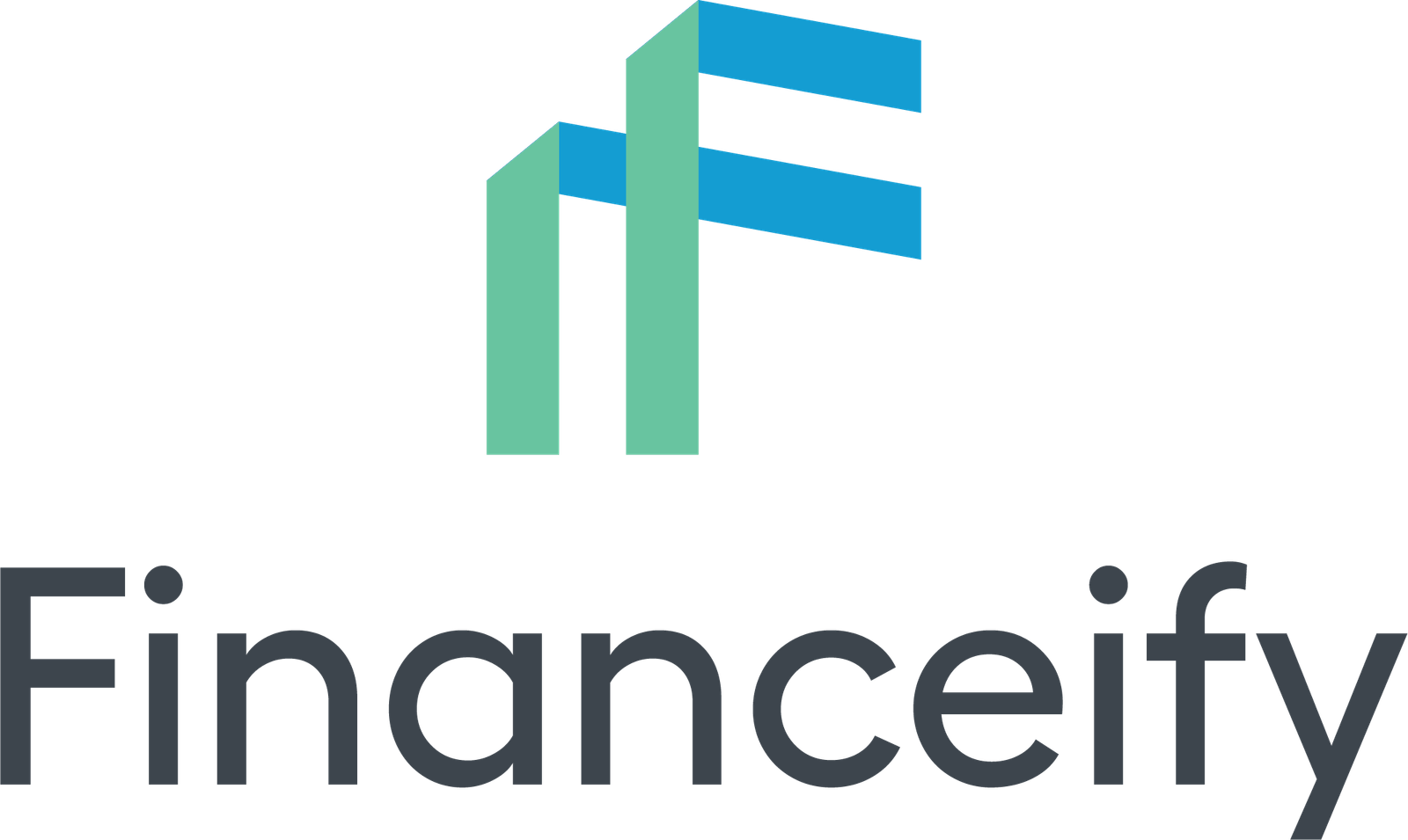Ah, the golden ticket to your golden years. Your Final retirement statement. It’s much more than just a piece of paper; is the key to opening the door to a safe and comfortable retirement. Don’t be fooled by its nondescript name. This document is your gateway to understanding the true value of your life’s work and how to best use it to lead a fulfilling lifestyle in retirement.
Why your final retirement statement matters
When you retire, you’ll receive this statement, essentially a snapshot of the value of your pension. With bond interest rates constantly changing, it is essential to have this specific number (converted value) on hand. It’s not just a number; this is the beginning of the next financial chapter. Thanks to it you can:
- Collaborate with yours Certified financial planner to pave the way forward.
- Explore the waters of a copycat annuity from a Canadian financial institution that might just throw you some extra cash.
- Clearly understand your options, as many plans adjust your commute value based on your retirement age.
If a lump sum is on the horizon, your statement will be the Rosetta Stone that shows whether you should opt for the lump sum or stick with the monthly income. Remember: bond yield up: commutated value down. It’s shaky.
The anatomy of a final retirement statement
The Final Retirement Statement, often referred to as Final Transfer or Final Retirement Options, is a mine of information about your retirement plan. Are you choosing a lump sum or taking your pension elsewhere? This declaration ensures that you do not leave any of your benefits on the table.
Here’s what you’ll usually find in it:
- Years of service: The amount of time you are part of the plan.
- Calculation of basic salary: The salary amount used to determine plan eligibility, often for the last 5 or top 5 years.
- Total value of benefits: The total dollar value of all benefits accumulated in the plan through a specified date.
- Commutated value: Money – The total dollar amount representing the present value of your pension. This will include locked-in money (LIRA) combined with some taxable cash.
In short, the final retirement statement is a key document that contains a wealth of information about your retirement plan. It provides insightful insight into your financial future and helps ensure you are fully aware of your assets before making any key decisions.
Keep your company pension or transfer it?
Now that you know exactly what your retirement benefits are, you have an important decision to make… Do you leave your money in your current employer’s retirement plan and entrust it to them? Or maybe you transfer money from your company retirement plan.
CHOICE #1: NOTHING
Do nothing. Leave your pension with the company. If you do this, your pension benefit will remain locked to the company. Will your company be present at your 80th birthday? Are they in good financial shape?
Ask yourself, 30 years from now, will the company still be in business and employing the people who will be contributing to my pension? Who will contribute money to your pension so that you can withdraw it?
If you decide to go this route, ask your retirement plan administrator if administration fees are increased, as some companies no longer offer a reduced “group” rate. This may apply to DC (defined contribution) plans.
CHOICE NO. 2: OUTPUT ANNUITY
A follower annuity (also known as a “mirror annuity”) is a popular choice among employees leaving a defined benefit (DB) pension plan. It allows you to receive the same pension your employer promised you, but it is paid by a safe Canadian insurer, not the company you worked for.
Sun Life, Canada Life and Desjardins will bid on your pension. The Canadian insurance company you choose will pay you the amount accurate Same pension, Same bridge i Same marital pension.
Additionally, sometimes your company pension has a surplus and your Canadian insurance company may pay you the pension plus additional cash. We have seen cash bonus payments of up to $72,000. Maybe you’ll qualify.
CHOICE 3: TAKE CASH
Taking cash is called commutated value. You can transfer money from your company retirement plan, so it will happen self-managed by you.
Your employer has paid you 2 checks, one is blocked in pension money and the other is in cash.
Beware of government tax collection. This is called MTV, maximum transfer value. Take advantage of your RRSP room. But other than that, that’s it your money. Use it for retirement, to pay off your mortgage, or to buy a boat or RV. Take a trip. The rest is your wealth.
Remember that if you choose this option, be sure to contact a financial advisor who will help you invest the funds so that they will last you for the rest of your life. We can help! Make an appointment for a 15-minute conversation with one of our certified financial planners.


